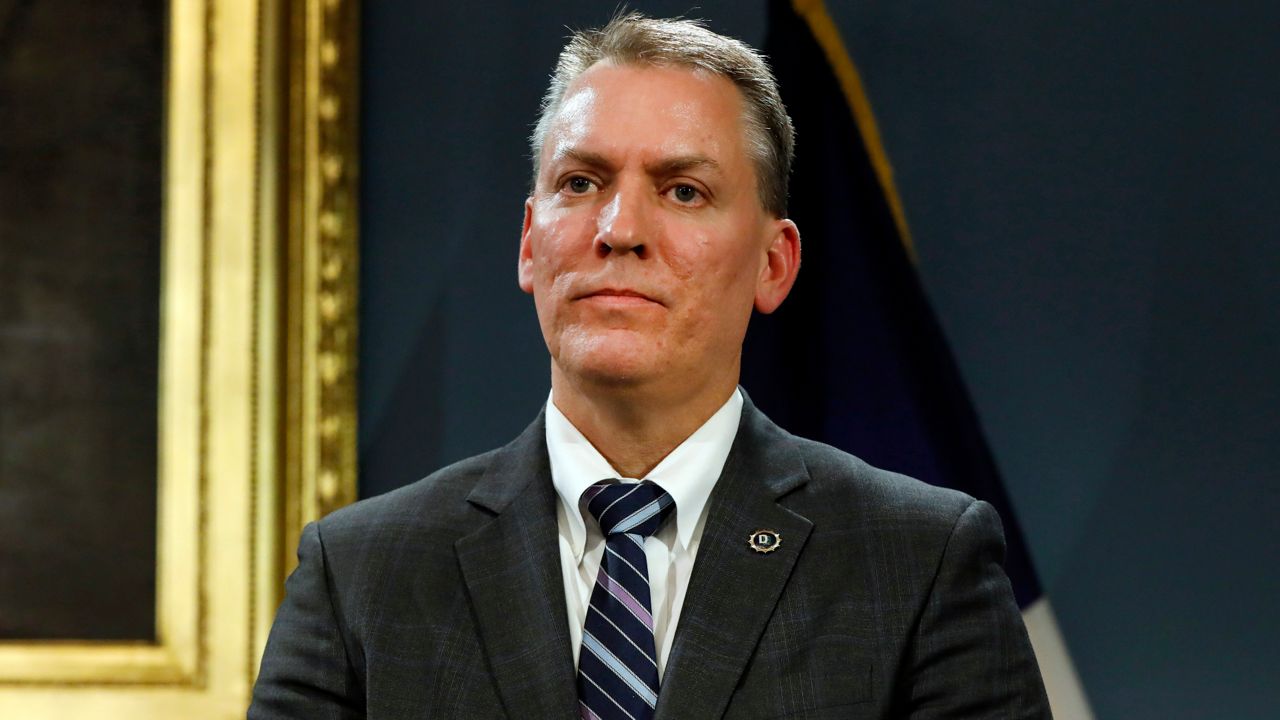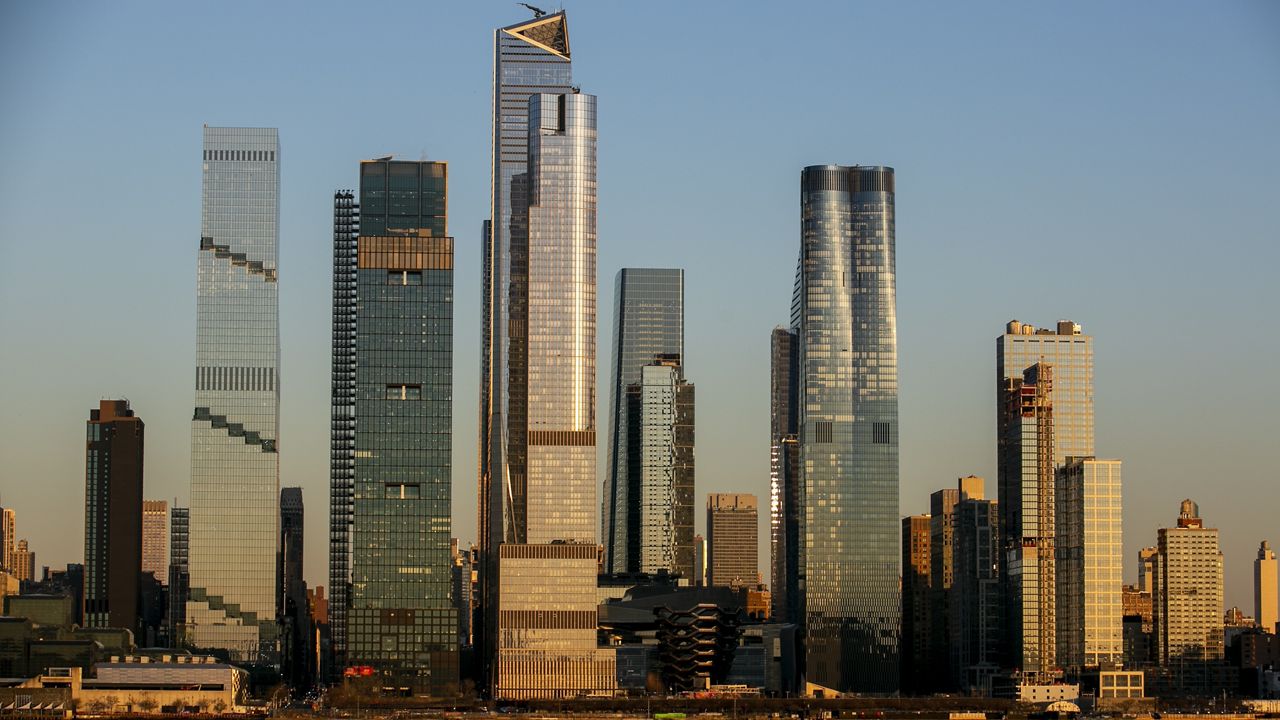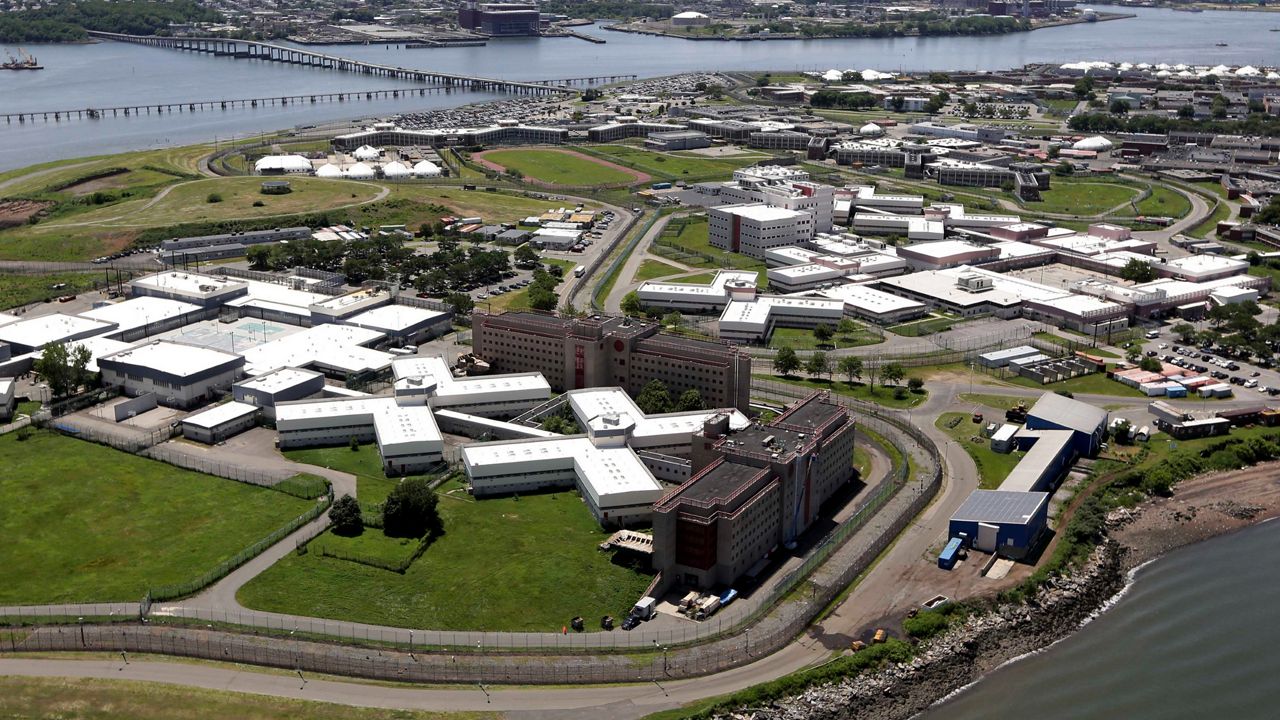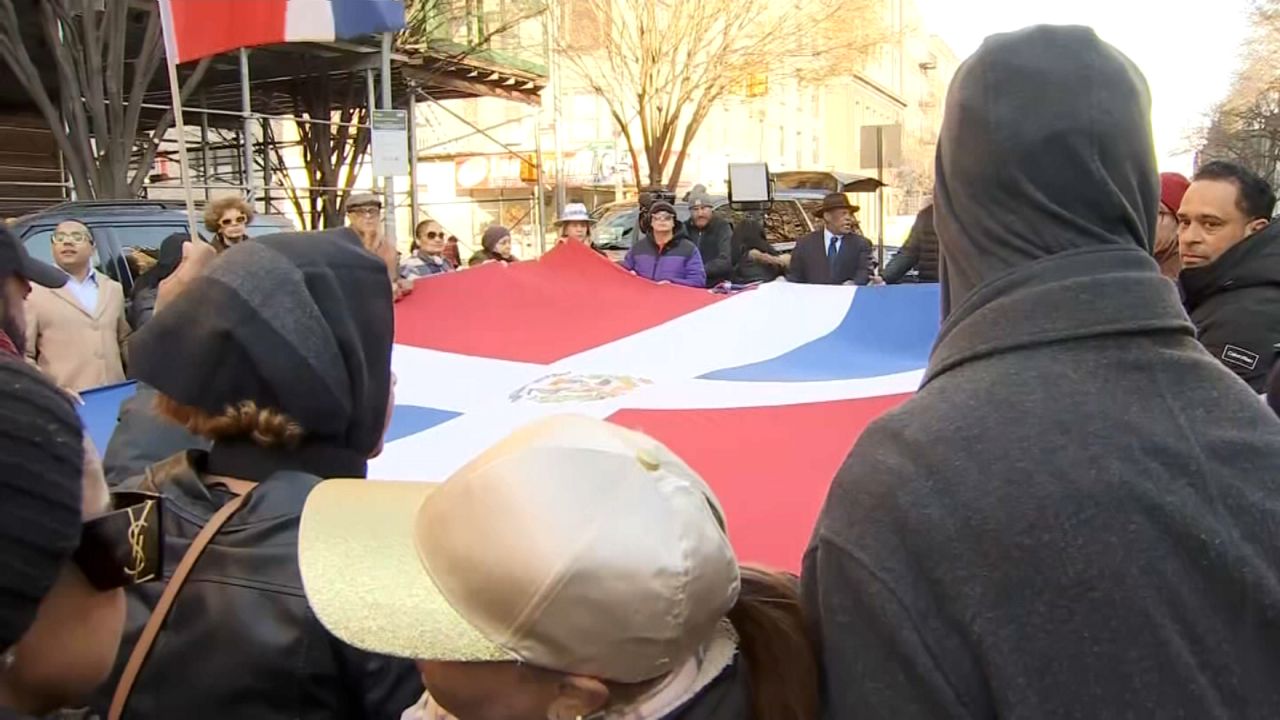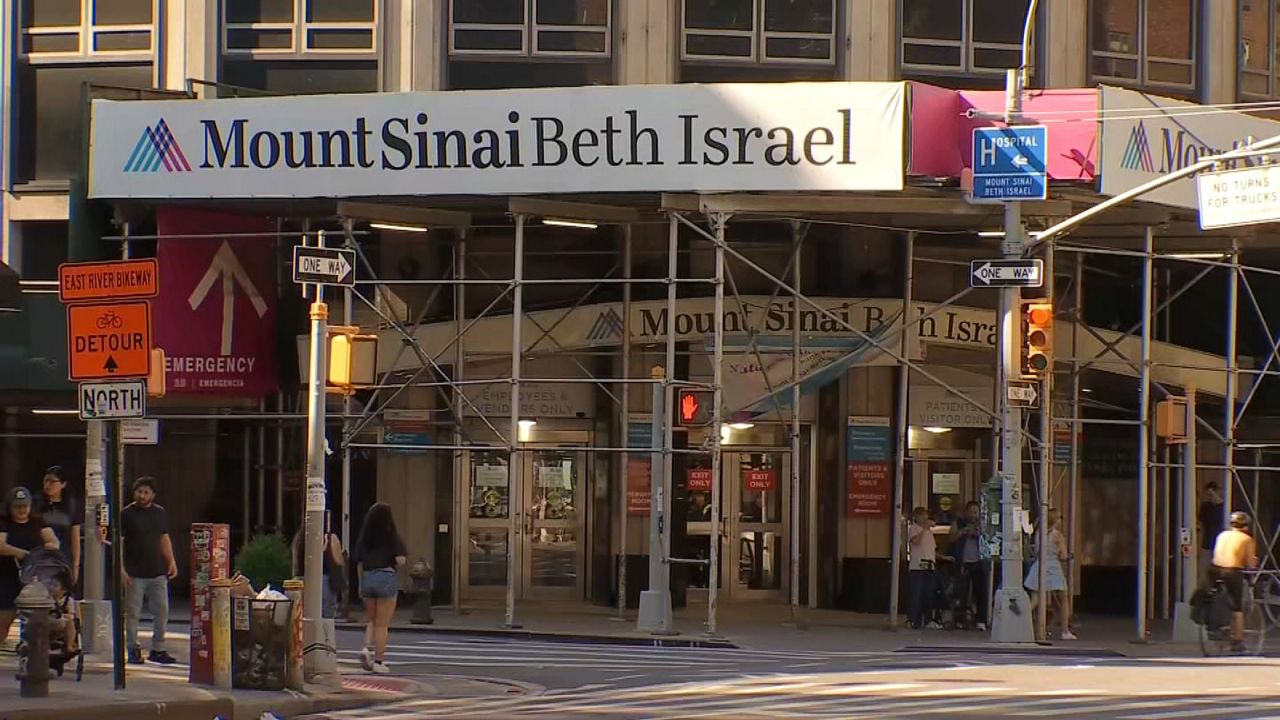The leadership of the New York City Police Department faced stiff questioning at a City Council budget hearing Tuesday over its handling of protests, overtime spending and an increase in shooting incidents, leading to angry outbursts from both council members and top NYPD brass.
In one tense exchange, the chair of the council’s finance committee, Daniel Dromm, reprimanded NYPD Commissioner Dermot Shea for spending on overtime pay for officers. The department budgeted $240 million for overtime through the end of June, Dromm said, but had already spent $370 million, including on a large and much criticized response to racial justice protests last summer.
“You agreed to the budget. You blew it,” Dromm said, after lamenting that Shea had not given him an honest answer on why so much overtime was necessary, and reminding Shea that he was under oath. “Are you going to blow it again?”
“Let me say, if my officers spoke to the public this way, I would fire them,” Shea said. “I think it’s completely disrespectful to have showmanship. Let’s have a conversation, and a back and forth where we can actually accomplish something.”
Shea insisted that despite being over budget, the department was still spending less on overtime than any time in the previous 15 years.
What You Need To Know
- At a City Council hearing Tuesday, council members had tense exchanges with NYPD leadership over what they characterized as budgetary, transparency and policing failures
- A main source of frustration was the NYPD going over-budget on overtime spending, which NYPD leaders said was necessary
- The clashes over spending come as the city works to set its budget, and as many New York City politicians have called for dramatic cuts to the department's budget in the wake of protests against racist policing
The hearing comes as the city works to set its budget for the fiscal year starting July 1, and after nearly a year of nationwide calls to defund police departments and redistribute billions of dollars to city social services programs.
While no council members involved in the hearing called for the elimination of funding for the NYPD, they did seek transparency on the department’s operations. They prodded top brass to explain staffing plans for special detective units and private funding from foundations aligned with police leadership, and to speed along the transition of transferring school safety agents — and the hundreds of millions allocated to the program — from NYPD control to the city’s department of education.
Looming over the hearing was the question of why the department needs as much money as it says it does, and why its stated efforts at reform and moving certain roles from uniformed officers to civilians require additional, and not fewer, dollars.
The NYPD’s proposed operating budget for the next fiscal year is $5.42 billion, a $195 million increase from the current fiscal year’s budget for the department, which was made at the worst point in the pandemic’s economic crisis. Hundreds of millions was cut from the department’s budget last year.
The budget discussions also come as the city is seeing a rise in shootings, even as overall crime, including transit crime, has dropped somewhat. Shootings are up more than 80% compared with the same period last year, according to police statistics. While murders and car thefts have increased, burglaries and grand larceny have declined, according to the NYPD. Major transit crimes have dropped as well, statistics show.
Hate crimes have also risen dramatically, especially for Asian American New Yorkers. As of May 9, the NYPD has seen 185 hate crimes, versus 107 for the same period last year; 81 of them were directed at Asian Americans. The NYPD has made 23 arrests in such hate crimes, with 11 of those individuals having a “very substantial prior emotionally disturbed history,” according to James Essig, the chief of detectives.
Shea tied the rise in crime to laws that removed bail for a wide range of offenses, as well as to department budget cuts last year that skipped a new class of 1,163 police academy recruits. However, NYPD arrest data has shown that people released through bail reform are overwhelmingly not contributing to the city’s spike in shootings.
Council members questioned the NYPD for what they characterized as slow-walking the disciplinary process for officers who were accused of using excessive force in responding to racial justice protests last year.
“It’s almost a year later now,” said Council Member Adrian Adams, chair of the council’s public safety committee. “We’re hearing that the process is still ongoing. That’s extremely disturbing.”
The department has fired three officers this year for offenses related to last year’s protests, Benjamin Tucker, the first deputy commissioner, said at the hearing. Tucker said he did not have an exact number of officers who have been removed from patrol, pending the outcome of their disciplinary processes.
Shea pointed to the Civilian Complaint Review Board, the civilian-led body that is responsible for investigating complaints against officers, which has received hundreds of use-of-force complaints related to last year’s protests. Amy Litwin, the department’s advocate, said it has received a total of 23 substantiated complaints from the CCRB, eight of which deal with use-of-force.
“We can only process them as quickly as they send them to us,” Litwin said.
The department also faced questions regarding the vaccination of its personnel.
About 38% of the department is fully vaccinated, and 3% are awaiting a second dose, according to Martin Morales, the chief of personnel. NYPD personnel have been eligible for vaccination since January 6.
About 45% of the city’s adult population is fully vaccinated, according to city data.
Morales said that their numbers put them at about the middle of U.S. police departments, and just below the U.S. military. Dromm, the finance chair, said that the number seemed “low.”
“I agree with you,” Shea said. “I’d love to be at 100%.”




